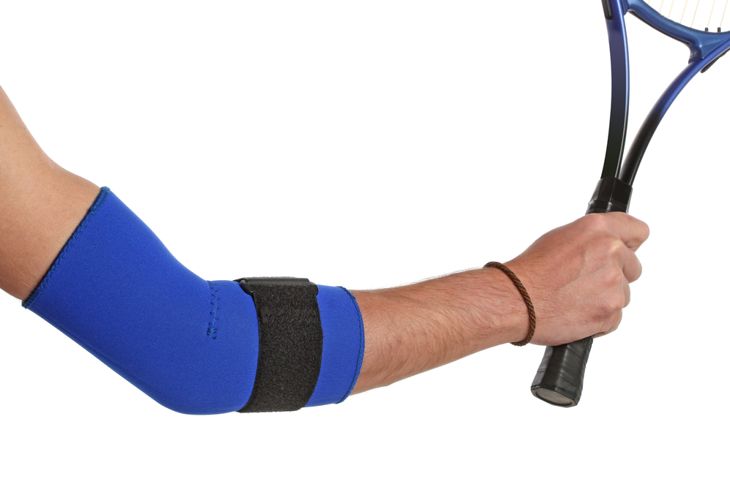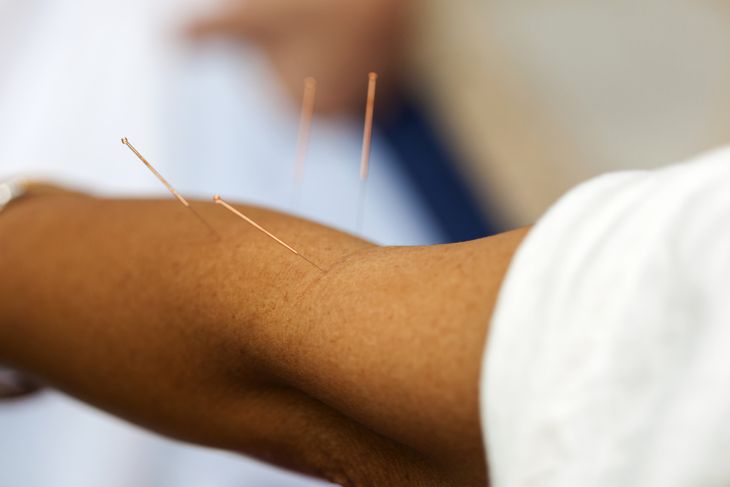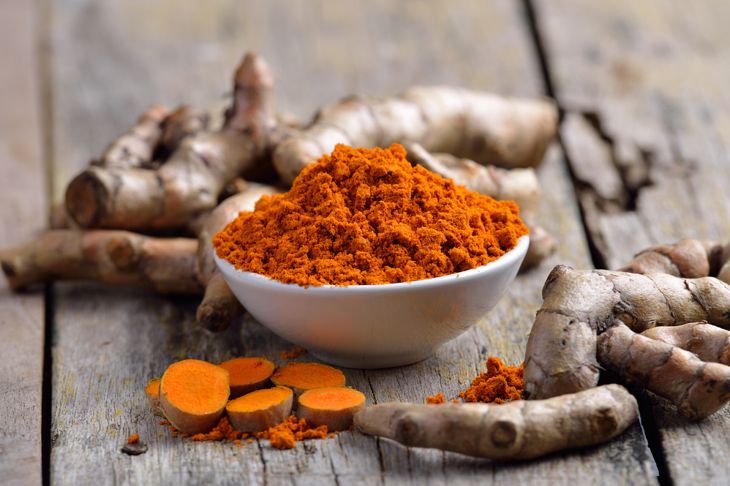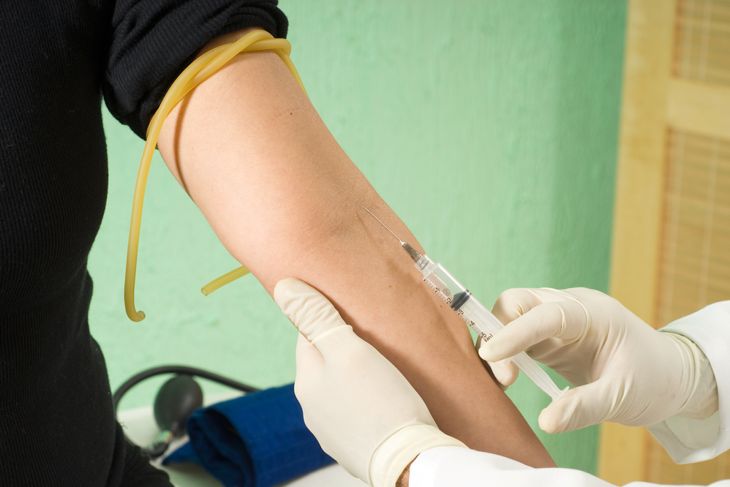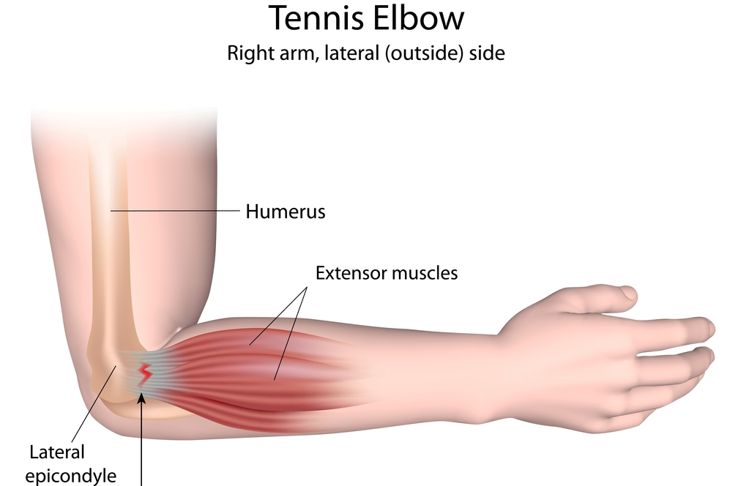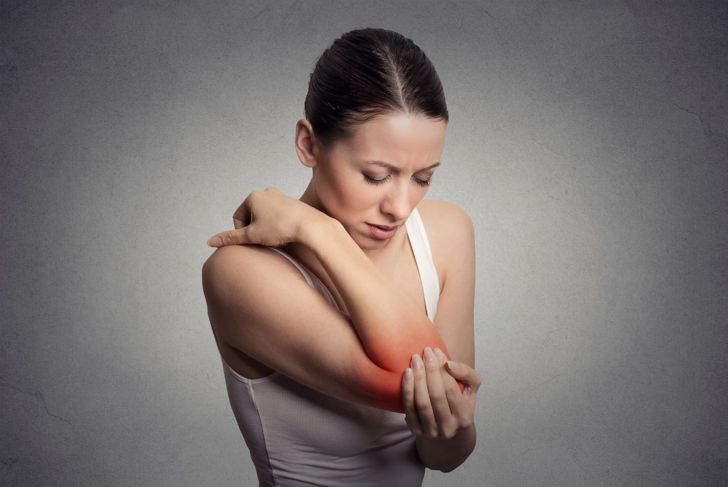Tennis elbow is a common term for a condition caused by overuse of muscles in the arm, forearm, and hand, which results in elbow pain. This is a common injury among tennis players, hence the name. Tennis elbow specifically involves the area where the muscles and tendons of the forearm attach to the outside bony area, called the lateral epicondyle, of the elbow. When diagnosed in its early stages, tennis elbow is usually relatively easy to treat successfully. However, if the condition is left unchecked over time, it may require surgery to correct.
Cryotherapy
Cryotherapy is proving to be one of the best tennis elbow treatments available. Using cryotherapy to treat tennis elbow involves wearing a special cuff over the elbow, applying a cold compress to the elbow in a controlled manner to minimize pain and reduce swelling. When you sustain an injury, your blood vessels can rupture, causing blood cells and other fluids tend to seep under the skin. This ultimately results in bruising and swelling. Cryotherapy decreases these symptoms and eliminates inflammation in the affected area.
Counterforce Brace
A counterforce brace is a strap worn around your forearm just below the elbow. This brace spreads pressure throughout the arm instead of putting it all on the tendon, which can help alleviate the pain that is commonly caused by grasping or twisting arm movements. While these braces can help to provide relief from tennis elbow symptoms, they are not a substitute for rehab exercises. However, when used as part of your healing regimen, they can help to speed up your recovery.
Changing Movement
Sometimes, changing the way you move your arm or improving your tennis form can alleviate stress on the affected tendons. Work with a coach or physical therapist to learn how to make more effective, safer movements. You may need to follow a specific training schedule and perform low-impact exercise to recover quickly, rather than cause further injury.
Acupuncture
An alternative treatment method, acupuncture may be helpful for tennis elbow. This type of treatment involves puncturing the skin with fine, narrow needles at specified points around the body. The goal of this treatment is to stimulate blood flow to a particular area, helping it to rid itself of toxins, swelling and other complications that can cause pain. Several studies have shown that acupuncture can help to relieve pain symptoms from tennis elbow and a variety of other conditions for some patients. Many claim this ancient Chinese treatment does wonders for their injuries.
Turmeric
Turmeric, a common kitchen spice, may not be a conventional treatment option, but it does show potential as a natural treatment for inflammation. Although studies have not yet shown that turmeric and other spices often found in curry can cure inflammation, they have been proven to be effective in temporarily reducing the effects of inflammation, giving your body a chance to heal more quickly on its own.
Injections
Medication containing synthetic versions of the hormone cortisol may help particularly painful musculoskeletal problems. These injections may help reduce the pain of tennis elbow in the short term, though research has not proven long-term effects. The doctor injects the medication directly into the painful area around the elbow, reducing inflammation and minimizing pain. Before the injection, a local anesthetic can numb the area. It is important to note that this treatment is only designed to reduce pain, not cure the underlying issue, so it must be paired with other treatments to help you truly achieve results.
Physiotherapy
A doctor may refer you to a physiotherapist if tennis elbow is causing you more severe or persistent pain. Physiotherapists are health care professionals who use a variety of methods to restore proper movement to injured areas of the body. A physiotherapist may use manual therapy techniques, such as massage and manipulation, to relieve pain and stiffness, encouraging blood flow to the arm. They can also teach you exercises to help keep your arm as mobile as possible, strengthen your forearm muscles and reduce your risk of contracting tennis elbow again in the future.
Non-Steroidal Anti-Inflammatory Drugs (NSAIDs)
These common over-the-counter pain relief medications can help to reduce pain and inflammation in the short term. NSAIDs typically come in either pill form or as a cream to massage into the sore area. Be sure to always read and follow all instructions on the label to minimize your risk of undesirable side effects or complications with any other medications you are taking.
Surgery
Tennis elbow usually gets better using the treatments listed above. However, if your elbow is not responding to treatments after six months, your doctor may recommend surgery. He or she will repair or remove the damaged part of your tendon to restore normal function. This will also eliminate pain. As with any surgery, there is always recovery time and the risk of complications. You should consider surgery as a last resort only when other treatments have failed.
Rest
Do not discount the importance of rest in treating tennis elbow, no matter which other treatment methods you choose. Only when your body can rest adequately can it heal itself. Of course, there is no need to be bed-ridden, but you should still take long rests. This will allow your tendon to mend itself naturally.

 Home
Home Health
Health Diet & Nutrition
Diet & Nutrition Living Well
Living Well More
More
